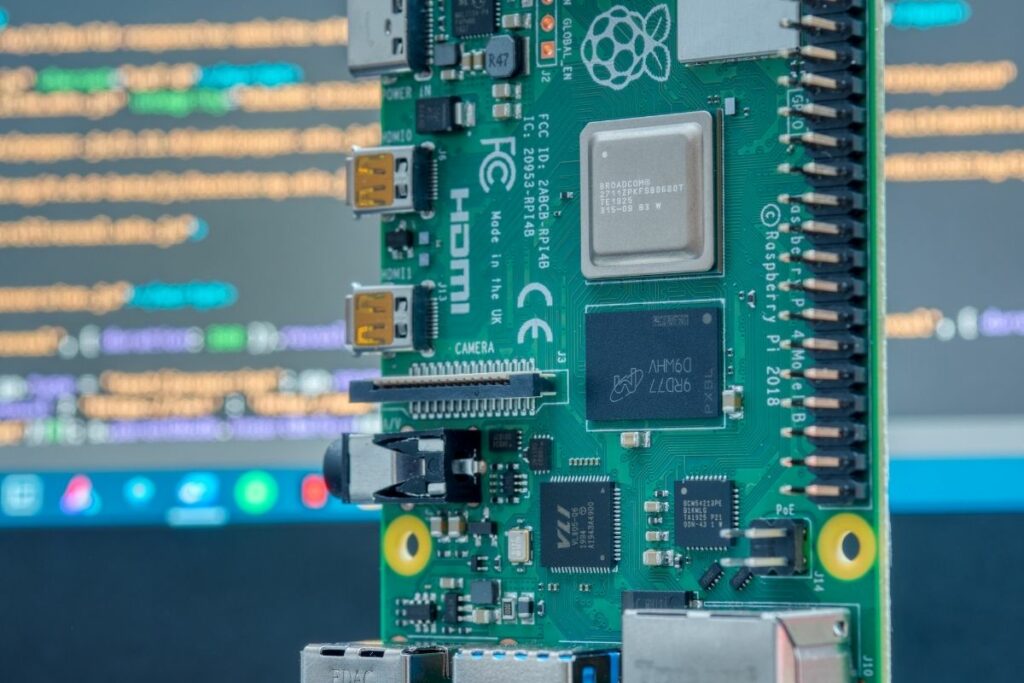Pi-hole on the Raspberry Pi is a free DNS service that blocks ads from being displayed on your computer or mobile device. This means no annoying popups, banners, or other advertisements.
The service is a great way to block ads without having to worry about installing software or updating your router. It does this by blocking ads before they reach your device.

The downside is that Pi-hole itself requires regular updates. So, how do you manually install updates to access the latest versions of the adblocker?
The following article will break down everything you might need to know about updating Pi-hole in just a few simple steps.
How To Update Pi-hole
You can’t at this time update the Pi-hole software via the online interface, because this would require you to restart the server, which would interfere with the update. The only way you’ll be able to update Pi-hole is via the command line.
So, if you’ve been made aware that a new version of Pi-hole has been released, follow the steps below to update to this version.
SSH Into Your Raspberry Pi
If you’ve installed your Raspberry Pi using either CentOS or Ubuntu you’ll be skipping this step, but if you installed the Pi on any other operating system then you can SSH into the Pi by opening your computer’s terminal with Alt-Ctrl-T and then entering ‘ssh
At this stage, you’ll see that the bash prompt on your Pi (essentially the username or host) has changed to ‘ssh rpi’.
Checking For The Latest Version Of Pi-hole
Now you need to check to see if there’s a new version of Pi-hole available. Execute ‘pihole – v’. You’ll then be told which version of Pi-hole your system is currently using, as well as which version is the most recent version (meaning the version you’ll want to update to).
As well as the version of Pi-hole itself, ‘AdminLTE’ and ‘FTL’ will also be updated, as they are components of Pi-hole.
Update To The Latest Version Of Pi-hole
Luckily by the time you get to this stage, everything else you need to execute is completely automated. Execute the ‘pihole -up’ command, which is essentially telling your system to proceed with the update.
You’ll then be shown all of the relevant output. At this point, the system will do all the necessary checks, and update every component that needs to be updated. This process can take some time depending on the extent of the update, and how old your current version of Pi-hole is.
When the Pi-hole update is done, you’ll receive confirmation via a prompt that says ‘Update Complete!’. Once you see this prompt, Pi-hole has been fully upgraded to the most recent version. Restarting your computer or your Pi is not required.
For further confirmation that Pi-hole is now running on the most recent version, head to the Pi-hole admin via ‘http://pi.hole/admin/index.php’.
Within the footer of the interface, you’ll see the Pi-hole version you’re now using, which should be the latest version (which at the time of writing will be something in the realm of Pi-hole V5).
Benefits Of Pi-hole
So what is Pi-hole, and what benefits does it offer that the more well-known browser ad blockers don’t?
Pi-hole is a free software program (essentially a DNS sinkhole) that blocks ads from websites by redirecting them to a local server- that’s where the software differs from the kind of adblocker you might be used to.
Pi-hole is very easy to install (the process of which we’ll outline very shortly), it blocks adverts even if you’re not within a browser (including smart TV and mobile applications), and it’s highly responsive, with a command-line interface that undergoes consistent quality assurance checks.
The software also requires very little hardware or software to run, meaning it’s accessible to everyone with a Raspberry Pi. The online interface for Pi-hole is also very intuitive, and aesthetically elegant too.
Also, if you want to ensure that all of your devices will be automatically protected from unwanted content, then you can easily make it so Pi-hole is running as a DHCP server.
The final major benefit to Pi-hole is that it’s completely free and open-source, and will always remain as such.
While the more popular ad blockers you might be used to are handy for blocking browser-specific ads, with Pi-hole you won’t have to keep manually tweaking the settings to fit with your personal preferences, or closing annoying popups.
Also, as we’ve said, the convenience of Pi-hole blocking adverts on non-browser applications is paramount.
How To Install Pi-hole
If you don’t have Pi-hole installed already, installation is a very simple process. Via your Raspberry Pi simply execute this command: ‘curl -SSL https://install.pi-hole.net | bash’.
This will take you to the Pi-hole installer, which will talk you through a couple more steps, and then the program will be ready to go.
Alternative Method For Installing Pi-hole
There are another couple of ways to install Pi-hole. The first method is to clone the repository by running:
git clone –depth 1 https://github.com/pi-hole/pi-hole.git Pi-hole
cd “Pi-hole/automated install/”
sudo bash basic-install.sh
Alternatively, you can download the installer manually by running the following:
wget -O basic-install.sh https://install.pi-hole.net
sudo bash basic-install.sh

Final Thoughts
Updating Pi-hole is a quick and simple process. All you need to do is enter a few commands into your terminal, and you’ll be good to go.
Making sure that your Pi-hole software is as up-to-date as it possibly can be will mean that you’ll never have to worry about the program failing to perform.
There are several benefits to having Pi-hole installed on one or more of your devices (it’s robust, free, and open-source, and it’ll block ads even outside of your browser).
But, you may very well be depriving yourself of those benefits if you’re not checking for updates- at least every now and then.
